By Marina Correa
Photography: Harneet Singh; courtesy Anagram Architects
Curvilinear in form, fronted
with hand-made flattened wooden louvres interspersed with vertically grown
vegetation, this 4-storey Outré House stands tall against the ‘cookie-cutter’ boxy
buildings surround, located in New Delhi...
Attempting to go in search of
the unusual in contemporary urban architecture, Vaibhav Dimri and Madhav Raman,
co-principals, Anagram Architects, eschewed machinery in favour of hand- crafted
and natural material palette.
From bespoke concrete
formwork and poured flooring to curved joinery and rhythmically notched
masonry, the design releases its handmade construction from the shackles of straight
line rectilinearity; thus allowing crafted details to overlay each other rather
than be restricted merely at points of material intersection.
The natural palette of
exposed brickwork, concrete, wood etc. melds with the warm earthy tones of browns,
greens and vermillion red in the interiors.
However, the curvaceous
silhouette of the residence posed both, challenges and opportunities alike. At
the very onset, it meant convincing the client of inhabiting spherical rooms; substantiated
by providing plywood mock-ups.
During the structural
process, straight beams were ruled out in favour of flat slabs and all exposed
columns were made circular; small tools had to be specifically created for delicate
tasks, thereby raising overall costs. “But the labourers’ sense of pride that
their workmanship mattered to the construction, completely justified the higher
rates,” informs Vaibhav.
In terms of advantages, absence
of a grid offered fluidity in spatial formations thus creating transformative spaces
that foster social interactions between different family members as well as anoint
the interiors with a surprise element.
Gadgets like solar panels
etc. are eschewed in favour of organic materials that affect a micro-climatic
change; in turn, becoming a natural corollary for sustainability.

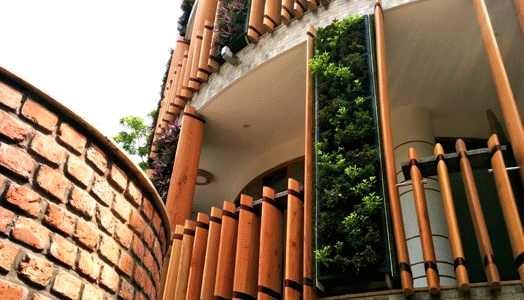
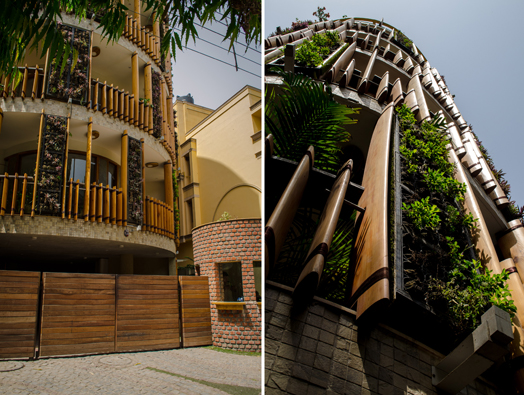
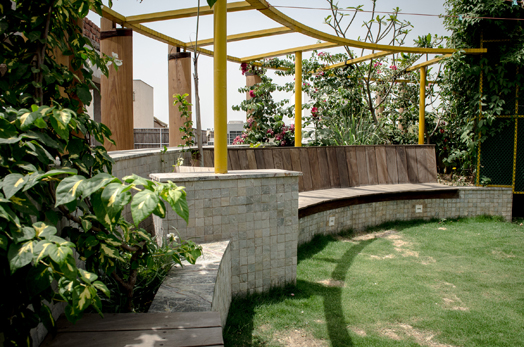

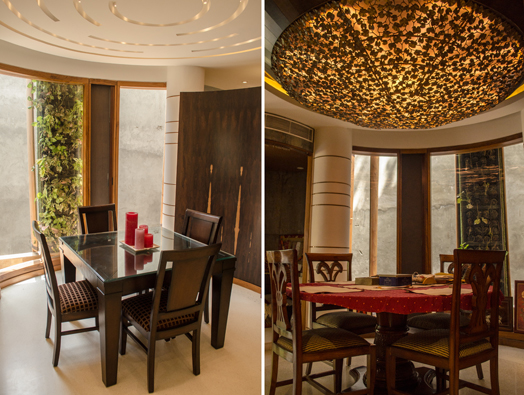
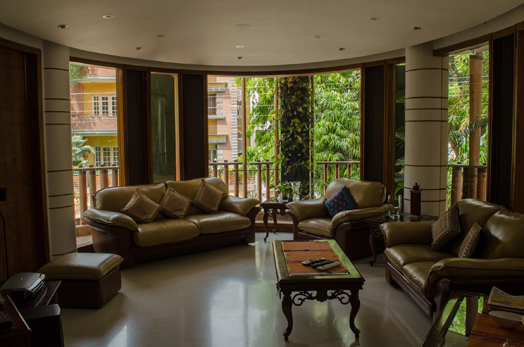
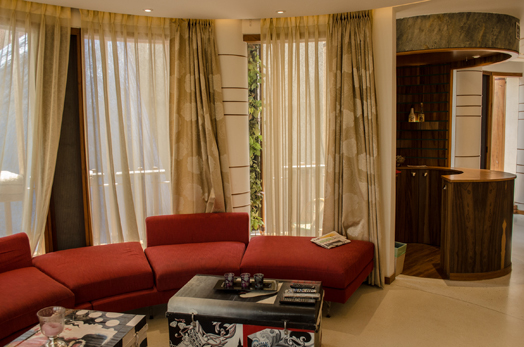
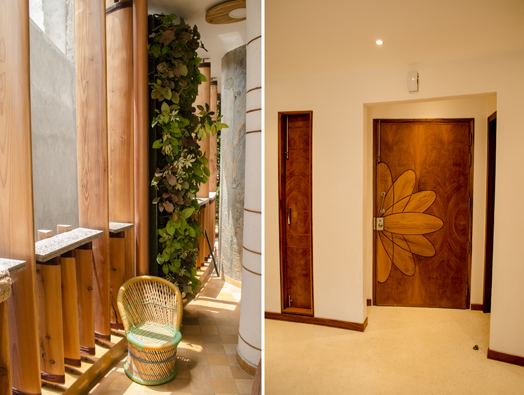
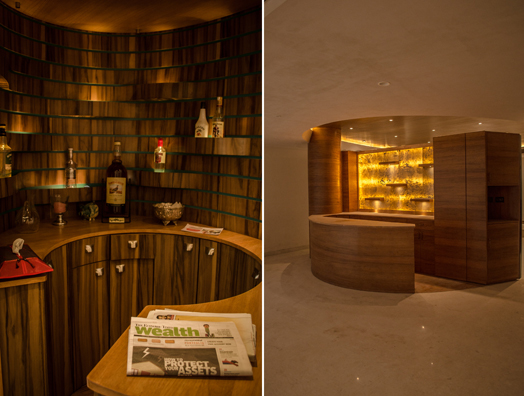
No comments :
Post a Comment